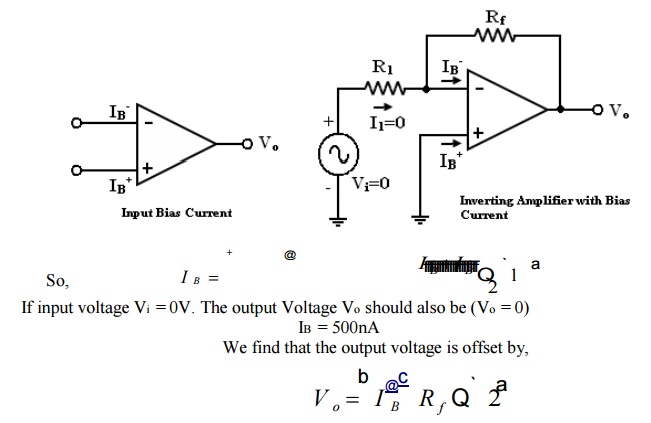
This enables us to write:Ĭombining these equations to eliminate i gives us Since the op-amp inputs cannot draw current, all the current will go through R 1 and R 2 to get to V o u t. Since the non-inverting input is grounded and there is negative feedback, the voltage at the inverting input is also at 0V, so: The result is an amplifier that will invert the input signal and apply a gain to it. In the amplifier circuit above, we use feedback to regulate our gain. Zero crossover distortion (due to the op amp) and large output currents (due to the push-pull Push-pull follower, we get the benefits of both: However, it can be used as a buffer to isolate circuits or be used as a current amplifier. The voltage follower doesn't amplify the voltage because the output is connected back to the inverting input. We take advantage of this property to make a voltage comparator, which will output either a high or low depending on the input. A few millivolts are enough to saturate it either way.
NONINVERTING OP AMP OFFSET VOLTAGE INPUT OUTPUT HOW TO
These are used to make very fine adjustments in the reference voltages.įor more information on how to read the op-amp data sheets, try going to National Semiconductor's Knowledge Base Op-Amp Applications Comparatorīecause of its huge gain, the op-amp is very sensitive to voltage differences between its inputs. These op-amps also come in varieties where you get multiple op-amps on a single package.Ĭlick here for the data sheet of the LM741įor now, we can ignore the "offset" pins.

The model number is often preceded by a modifier/identifier, such as "LM741" or "LF411". The 741 (bipolar) and 411 (FET) families of op-amps are popular chips made by many manufacturers. The effect that the common-mode voltage has on the gain is known as the common-mode gain. Ideally, the output voltage of the op-amp should only depend on the voltage difference between the inputs, but real op-amps don't have such pefectly linear gains. Rise Time: The rise time of an op-amp is the time it takes for the output voltage to go from 10% to 90% of its final value, under a certain set of specified conditions set by the manufacturer.Ĭommon Mode Gain: The common-mode voltage is the DC voltage shared by both pins(since they try to be the same). Slew Rate: The output voltage cannot change instantaneously the maxiumum rate of change possible for the output voltage is known as the slew rate. Op-amps that are designed to be able to output voltages very close thier rails are refered to as being rail to rail. If we look at the Output Voltage Swing in the data sheet for the LM411, we see that under a ☑5V power source, the output will will generally be able to swing between ☑3.5V-but you just might get a chip that can only output ☑2V. In fact, many op-amps will only go up to a few volts short of rails. Saturation: The output voltage is bounded by the positive and negative power supplies, known as rails. Input Bias Current: This is the average current that flows through the two inputs. This voltage difference can change with temperature. Input Offset Voltage: In a real op-amp, there will be a slight voltage difference between the inputs. Explantions for the terms in the spec sheets can be found at National Semiconductor's Knowledge Base These characteristics for an op-amp can usually be found in the data sheets from the manufacturer. Here are some of the more important differences between ideal and real op-amps. In practice, read the specs to find the limit. This means that there is no limit on the current the op-amp can source or sink. In practice, the input impedance is on the order of 10 6 to 10 12 ohms.ģ. The input current draw is zero-no current can flow in or out of the input terminals. (Note that the op-amp won't track voltages if you connect the output back to the positive input).Ģ. In practice, the output voltage cannot go beyond the power supply rails.Ī consequence of this is that if there is any connection from the output to the inverting input, the op-amp will do its best to keep the voltages at the two inputs equal. A is typically very large, such that we can consider it to be infinite.

The output voltage satisfies V o u t = A( V + − V − ), where V + and V − are the voltages at the noninverting and inverting inputs, respectively. There are several basic rules for ideal op-amps:ġ. Op-amps are generally very well described by their ideal model. In practice, op-amps also must be powered, but these leads are often omitted from schematics. Internally, op-amps consist of many transistors, capacitors, and resistors all crammed onto a small integrated circuit.Įach op-amp has an inverting input, a non-inverting input, and an output. Op-amps and transistors are the staples of analog circuit design.


 0 kommentar(er)
0 kommentar(er)
